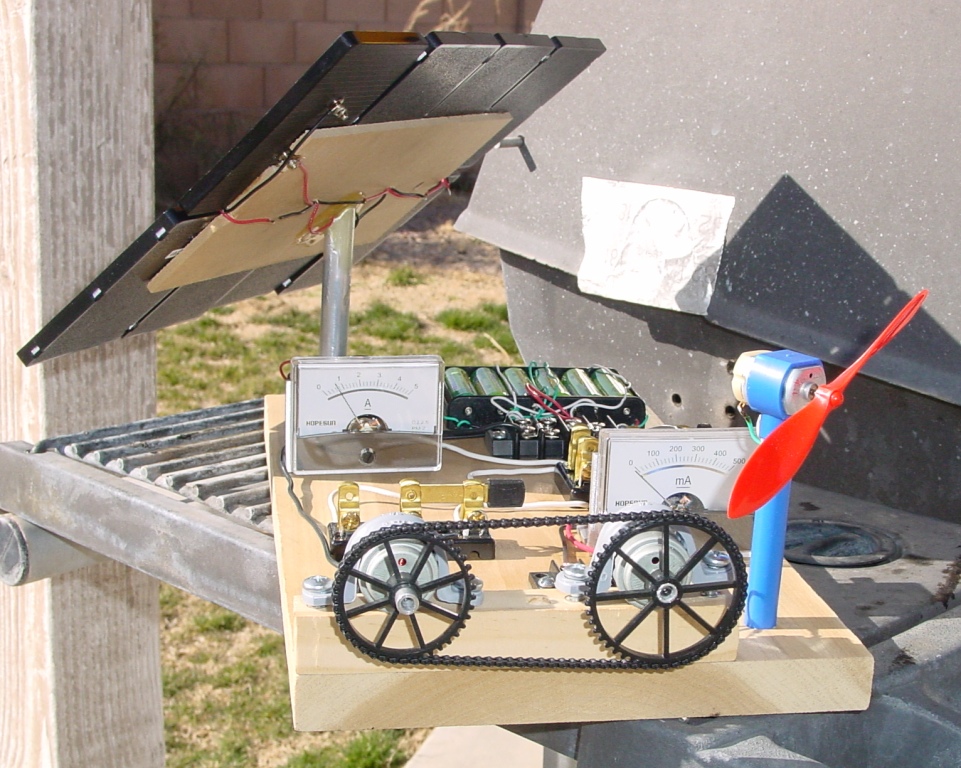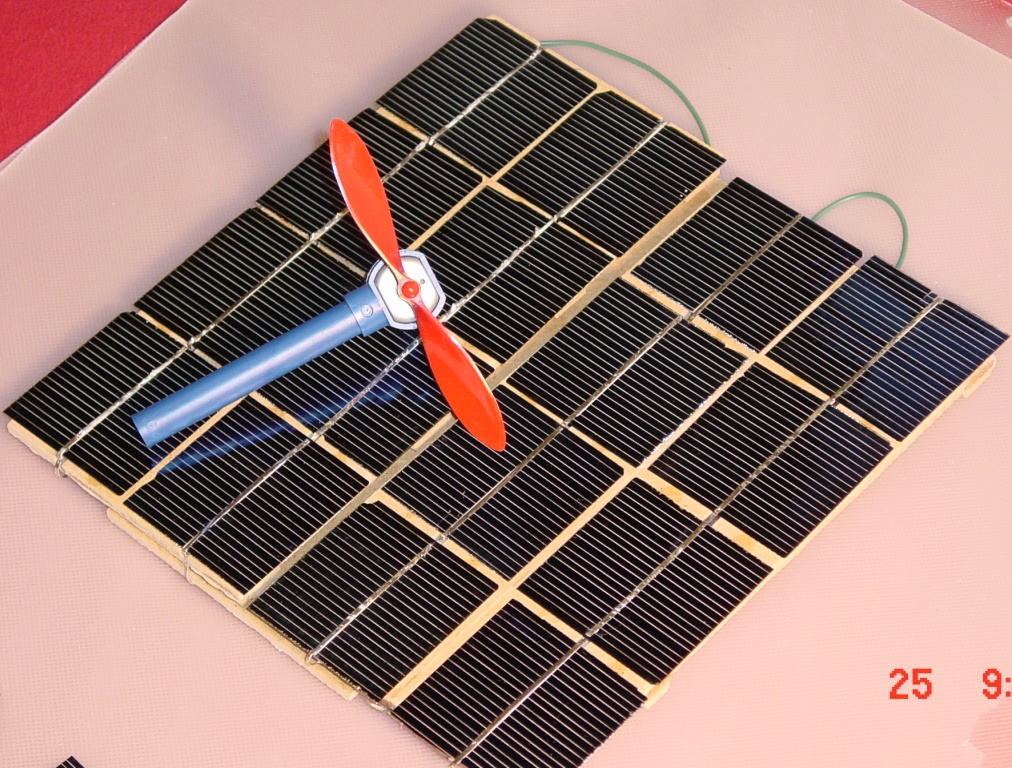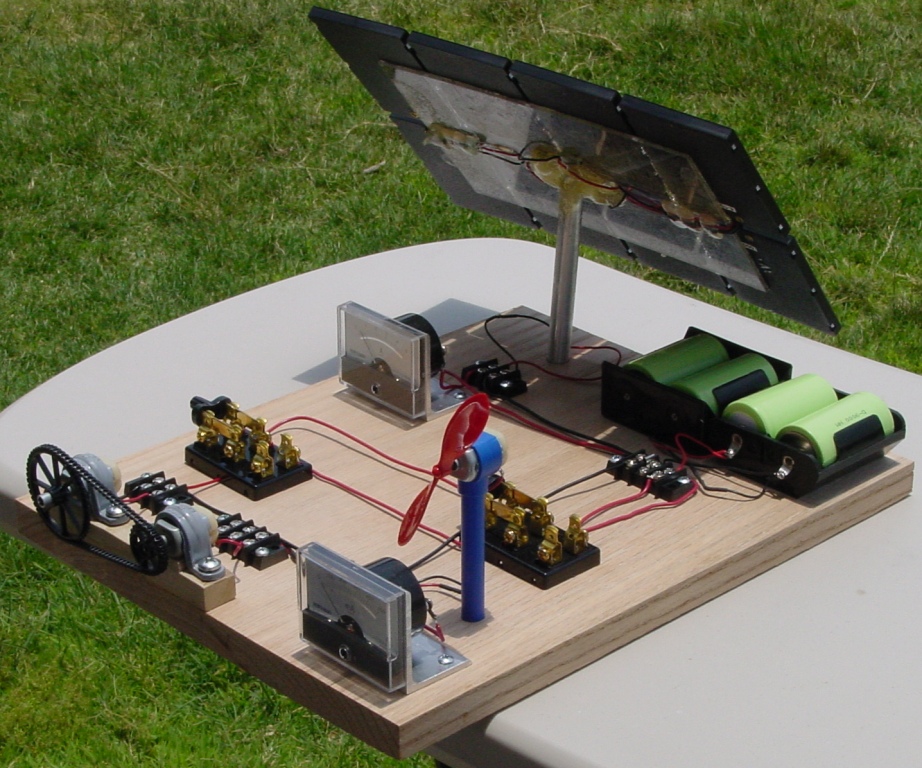
For years Petroleum has served us well as a source of reliable energy. It has not been safe and clean but it has helped us develop as an industrial nation. Petroleum had a place in our world and has been important in transforming the industrial world in 19th and 20th centuries. Never the less, it has also been the source of political discord among nations. It does not have to be this way anymore.
Then there is nuclear energy. Many believe nuclear energy is the energy of the future, but it does have its own set of problems: Safety. Waste disposal issues. It is complex to operate. And it is expensive. Let's be clear, nuclear energy is used to create steam to turn turbines that rotate electric generators. The sun can boil water and the wind can rotate electric generators! Although the sun can't boil water at night, solar energy storage technology has come a long way. Click here for a review of solar energy storage technologies.
The bottom line is this: Electrical power is produced by mechanical energy. Mechanical energy is required to rotate electric power generators! There are many ways, some sophisticated and dangerous, of producing mechanical energy. The simplest, cleanest, safest and cheapest way to produce mechanical energy is to use alternative energy sources.
Solar Energy Science Project Kit
It is time for us and our children to learn the vocabulary of science and engineering and to recognize that math and science can lead us to discover new ways of harnessing the energy source of the future. Now is the time to understand how to use alternative energy sources and how to convert from one form of energy to another and to learn how to store this energy for later use. The Solar Energy Science Project Kit provides a hands on experience we and our children can use to learn the basics of this technology. This kit also teaches how energy is converted from one form to a different more useful form of energy.

Project Details
Excellently written and illustrated website tutorials explain; the physics of converting solar energy to electric energy; the physics of converting electric energy to mechanical energy; and the physics of converting mechanical energy to electrical energy. Website tutorials are then integrated with hardware to verify the physics and engineering theory with exercises to measure the amount of solar power that irradiates onto solar cells; to measure the electric power that is produced from solar cells; and to measure the mechanical power that is produced by electric motors that run the air conditioning that comfort our lives.This kit provides a hands on approach on how to make three types of power measurements; Optical power; Electrical power and Mechanical power. A motor is connected via a chain & sprocket to a generator that converts mechanical power to electrical power. Exercises will show how to measure mechanical energy and power. Use your own voltmeter to make electrical measurements on project hardware. A method to measure optical (solar) power will be demonstrated. You will learn to use a mechanical power measurement methods and tools to measure mechanical power.
You will learn the following techniques:
- How to measure DC power into a motor and how to measure DC power out of a generator
- How to measure DC power into and from a battery and how to calculate the energy stored in a battery, the so called battery charge state.
- How to measure mechanical power from a motor and into a generator
- How to measure optical power from the sun
- How simple digital and analog electronics work
- How to sense and measure electrical, mechanical and optical energy and interface it into a computer
The conservation of energy principles will become apparent when making power measurements. You will be able to account for every watt of power as it is converted from one form to another. On a small scale this kit will show how to harness the sun's energy and use it to live greener and smarter. Some solar energy concepts used on a large scale are not included here, such as; AC power measurement and the use of DC to AC Inverters.
Click here to see a short video on this kit.
To get started go to the Solar Energy Science Project Kit by clicking here. Otherwise go to the Energy Conversion Page.


